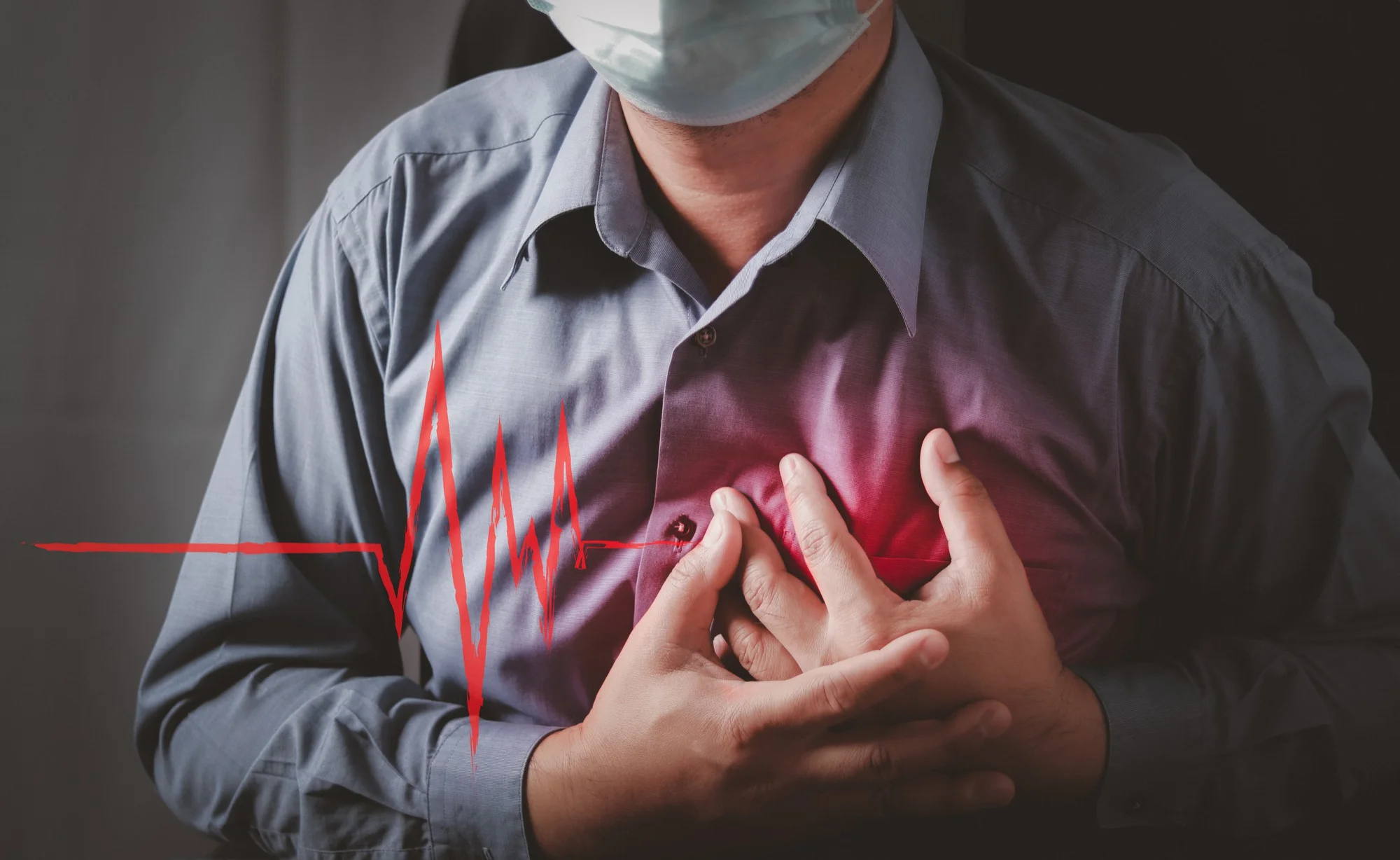A recent milestone study published in Acta Pharmacologica Sinica (DOI: 10.1038/s41401-019-0230-z) has brought new hope to the millions suffering from myocardial infarction (MI), commonly known as a heart attack. The research spearheaded by Dr. Liao Qiao, Qu Shuang, and their team from the Department of Cardiology at Third Military Medical University, China reveals that irisin, an exercise-induced hormone, can play a substantial role in the therapeutic intervention of MI.
The study’s groundbreaking findings demonstrate that irisin promotes angiogenesis—the development of new blood vessels—following an MI and substantially improves cardiac function in the affected area. These results could signal a paradigm shift in how we approach the treatment of heart disease, the leading cause of death globally.
Understanding Irisin and Its Role
Irisin is a hormone that is cleaved from fibronectin type III domain-containing protein 5 (FNDC5), which is abundant in skeletal muscle and myocardium tissue. During physical exercise, irisin is released into the bloodstream, acting as a pivotal element in energy homeostasis and offering health benefits that include protection against lung and heart injuries. However, until now, the relationship between irisin and MI had not been clearly understood.
Methodology and Key Findings
In their comprehensive study, Dr. Liao Qiao and colleagues used adult C57BL/6 mice that underwent ligation of the left anterior descending coronary artery to create an acute MI model. Irisin was administered for 2 weeks post-MI, and its effects were closely monitored via echocardiography.
Here are the key takeaways from the study:
1. Cardiac Function: Irisin significantly improved heart functionality and limited ventricular dilation at four weeks post-MI.
2. Infarct Size and Fibrosis: Mice treated with irisin displayed a remarkable reduction in infarct size and scarring in the heart tissues.
3. Angiogenesis: There was a notable increase in angiogenesis in the border zone of the infarct region.
4. Cellular Impact: While irisin was found not to affect cardiomyocyte proliferation, it did decrease cardiomyocyte apoptosis (cell death).
In vitro studies on human umbilical vein endothelial cells (HUVECs) showed that irisin triggered the phosphorylation of extracellular signal-regulated kinases (ERK), which further led to the enhanced migration of these cells—a crucial step in angiogenesis.
Significance and Future Implications
This research presented by Dr. Liao Qiao’s team is important for several reasons. First, it provides a novel therapeutic option that utilizes the body’s innate healing mechanisms—potentially reducing the need for more invasive treatment practices. Moreover, by focusing on promoting angiogenesis, irisin treatment could significantly improve the prognosis for MI patients by assisting the natural recovery process of ischemic heart tissue.
Competition with Existing Treatments
The current standard of care for MI includes a combination of medication, lifestyle changes, and possibly surgical interventions such as angioplasty. The discovery of irisin’s therapeutic potential could be a less invasive alternative to surgical procedures while at the same time, complementing medical treatments and recovery.
Challenging the Status Quo
Until recently, the prospect of repairing the heart post-MI through promoting angiogenesis was not considered a primary therapeutic target. However, the findings from Dr. Liao Qiao’s research challenge this standard approach by demonstrating that interventions designed to encourage new vessel formation can be a viable and effective strategy.
It is important to note that while the study has offered promising results, the path from a successful animal model to human clinical trials is fraught with challenges. Further studies and a better understanding of irisin’s mechanisms are necessary before such treatment becomes a standard practice in cardiology.
Conclusion
This study has illuminated not just a new medical treatment but also the remarkable potential of harnessing exercise-induced biological processes for recovery from severe conditions like MI. As research advances, irisin could become an integral part of the cardiologist’s toolkit, ultimately saving lives and improving the quality of life for heart attack survivors.
References
1. Liao Q., et al. (2019). Irisin exerts a therapeutic effect against myocardial infarction via promoting angiogenesis. Acta Pharmacol Sin, 40(10), 1314-1321. doi: 10.1038/s41401-019-0230-z
2. Vagnozzi R.J., et al. (2018). New myocyte formation in the adult heart: endogenous sources and therapeutic implications. Circ Res, 123, 159–176. doi: 10.1161/CIRCRESAHA.118.311208
3. Calvert J.W., et al. (2011). Exercise protects against myocardial ischemia-reperfusion injury via stimulation of beta3-adrenergic receptors and increased nitric oxide signaling: role of nitrite and nitrosothiols. Circ Res, 108, 1448–58. doi: 10.1161/CIRCRESAHA.111.241117
4. Bashar S.M., et al. (2018). Correlation between the blood level of irisin and the severity of acute myocardial infarction in exercise-trained rats. J Basic Clin Physiol Pharmacol, 30, 59–71. doi: 10.1515/jbcpp-2018-0090
5. Wang H., et al. (2017). Irisin plays a pivotal role to protect the heart against ischemia and reperfusion injury. J Cell Physiol., 232, 3775–85. doi: 10.1002/jcp.25857
Keywords
1. Irisin and Heart Disease
2. Myocardial Infarction Recovery
3. Role of Exercise in Cardiac Health
4. Angiogenesis Therapeutics
5. ERK Signaling Pathway and Cardiology
